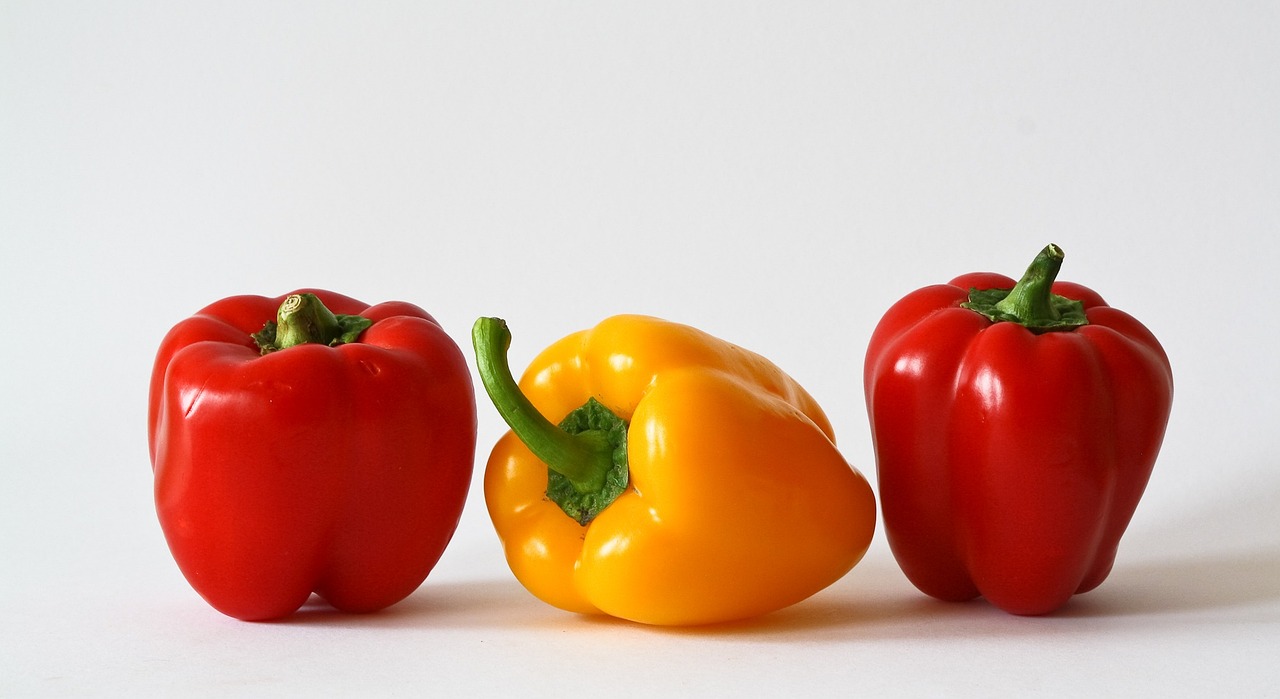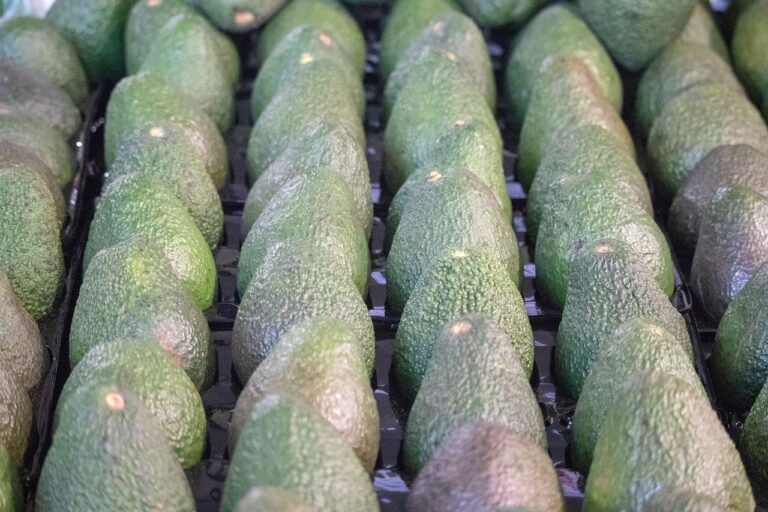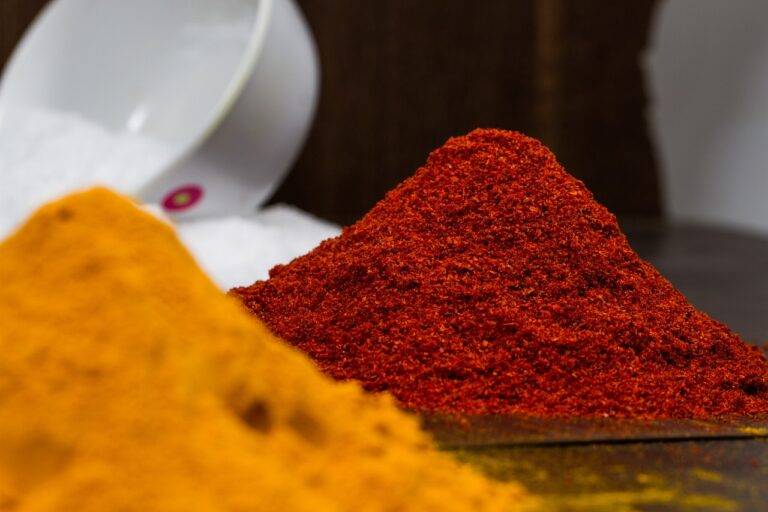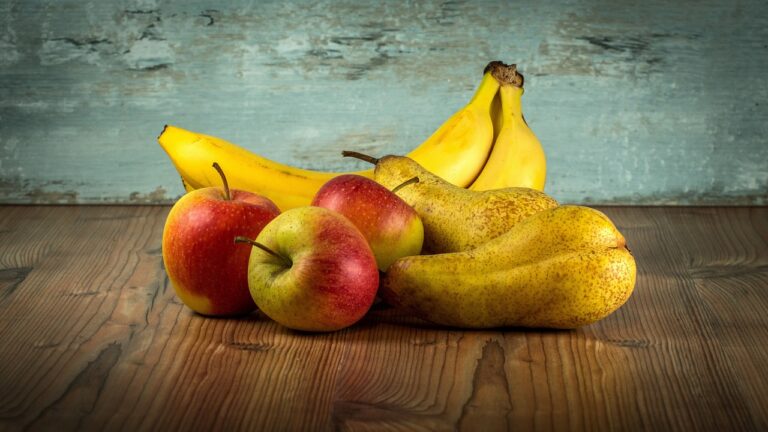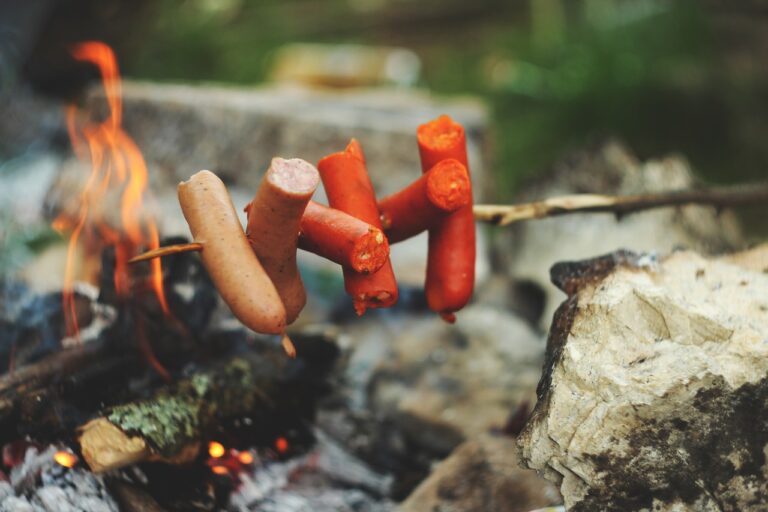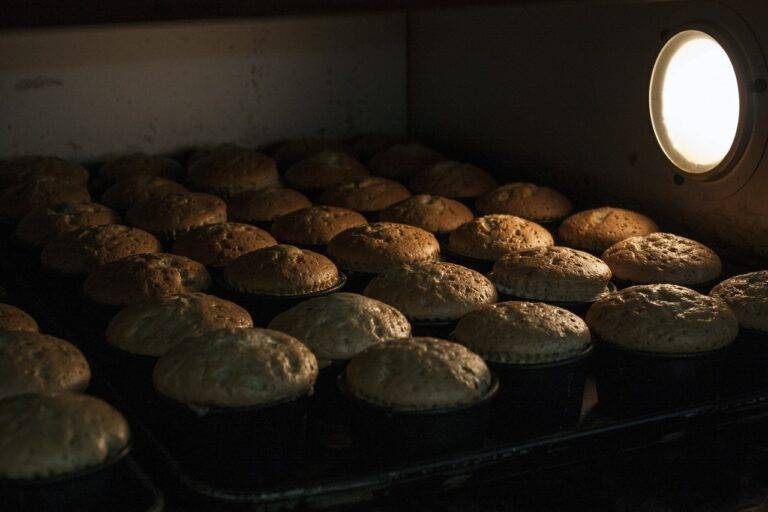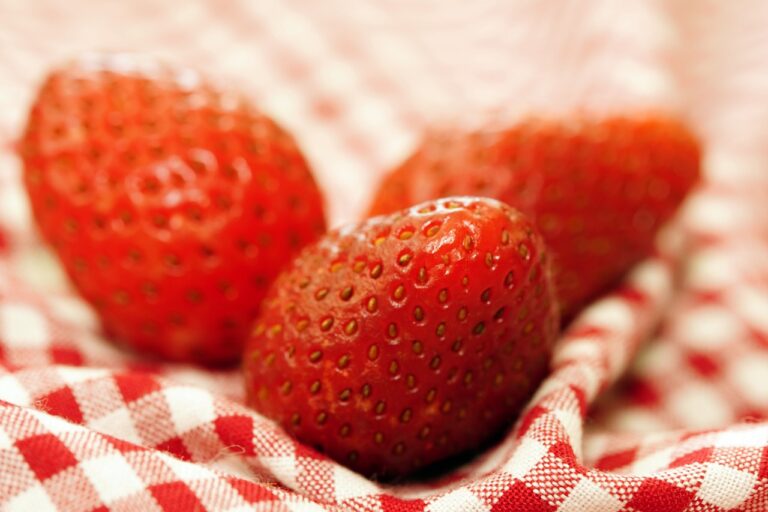The Art of Food Photography: Tips and Tricks for Capturing Delicious Shots
When it comes to food photography, lighting is key. The right lighting can make your dishes look mouth-watering and appetizing, while the wrong lighting can leave your photos looking dull and unappetizing. Natural light is often the best option for food photography, as it helps to bring out the vibrant colors and textures of your dishes. If you’re shooting indoors, try to position your setup near a large window to take advantage of the natural light coming in.
If natural light is not an option, artificial lighting can also work well for food photography. Soft, diffused lighting is generally preferred to avoid harsh shadows and highlights. Consider using a softbox or a diffuser panel to help create a more flattering light on your dishes. Experiment with different angles and intensities of light to see what works best for showcasing your food in the most appealing way.
Selecting the Best Backgrounds for Food Shots
When choosing backgrounds for food shots, it is crucial to consider the visual appeal they bring to the overall composition. Opt for backgrounds that complement the colors and textures of the food being photographed. A neutral background, such as a plain white or black surface, can help the food stand out as the main focus of the image.
Alternatively, experimenting with textured backgrounds like wooden boards or marble surfaces can add depth and visual interest to your food photography. Just ensure that the texture doesn’t overwhelm or distract from the food itself. Remember, the background should enhance the food and create a cohesive visual story in your photos.
Why is lighting important in food photography?
Lighting is crucial in food photography because it can enhance the colors, textures, and overall appearance of the food. Proper lighting can make the food look more appetizing and visually appealing.
What are some tips for choosing the right lighting for food photography?
Some tips for choosing the right lighting for food photography include using natural light whenever possible, avoiding harsh shadows, and diffusing artificial light sources to create a soft, even glow.
How can I select the best backgrounds for my food shots?
When selecting backgrounds for food shots, consider the color and texture of the food, as well as the overall style or theme you want to convey. Neutral backgrounds like wooden boards or white plates are versatile options that can complement a variety of dishes.
Should I use props in my food photography?
Using props in food photography can help set the scene and enhance the overall composition of the shot. However, it’s important to use props strategically and not overwhelm the main subject (the food) with too many distractions.

